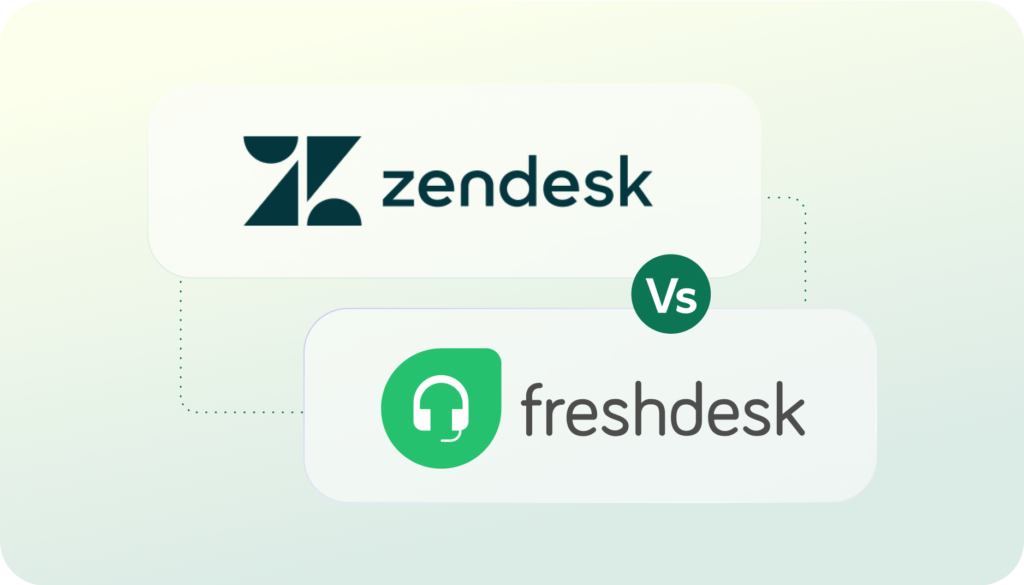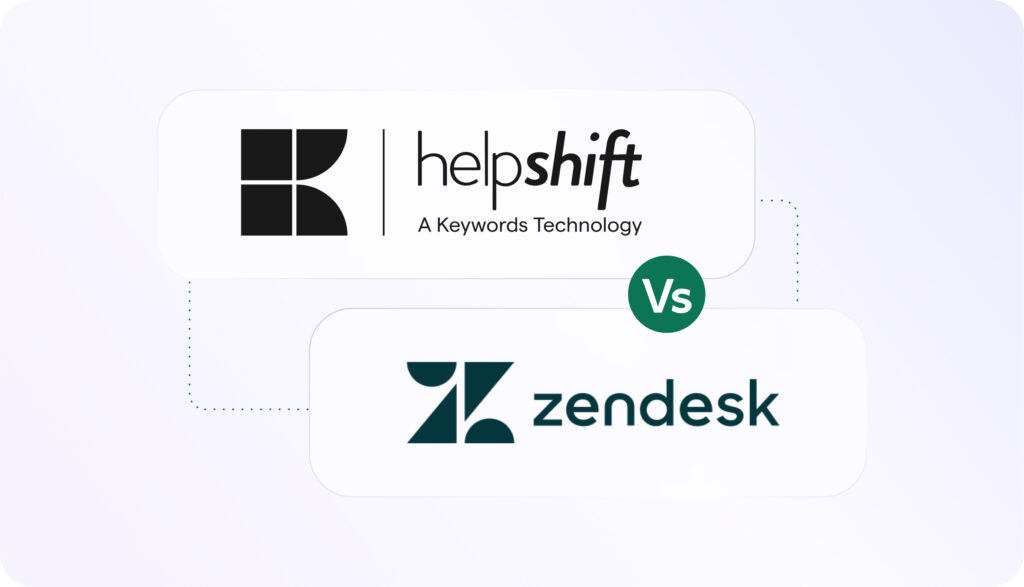IDC has estimated that 50 percent of retailers have adopted a retail omnichannel commerce platform by now. Doing so has benefitted them on the revenue front, which is why Forrester reported as recently as May 2019 that companies (retailers especially) are “starting to reap the rewards of omnichannel commerce.” Yet multichannel customer service is a different ballgame.
Customer service leaders must recognize the difference between commerce and customer service when it comes to omnichannel. While an omnichannel approach to commerce may prove successful, it does not indicate that omnichannel is your best option as a multichannel customer service approach.
Omnichannel Fails To Connect Customer Service Channels
Despite the massive uptake in omnichannel platforms, customer service satisfaction rates are actually headed downward. Surprised? You shouldn’t be. That’s because omnichannel approaches to customer service fail to address the most critical aspect of the multichannel customer service – the end consumer!
Think about it: omnichannel in customer service seems to have lost its focus on the customer experience, the crucial factor in making it so successful in commerce. Instead, omnichannel approaches to customer service provide a connected experience for your agents, with little regard for the customer. Your agents can access any channel from a single dashboard, but the conversation with the customer often fails to continue across channels and cannot be easily started, stopped, and restarted by the customer. As such, customers are forced to start over in different channels with different agents. It’s frustrating for them, which doesn’t bode well for brands.
The impact of the omnichannel disconnect in customer service is clear. According to the 2019 Contact Center Satisfaction Index report, “Agent Knowledge” dropped three percent from 2018 to 2019 and is a major factor behind the decline in customer satisfaction with the contact center experience. The report’s publisher, CFI Group, defines “Agent Knowledge” as a combination of three elements, including:
- Ability to answer a customer’s questions in a timely manner
- Ability to understand a customer’s situation
- Ability to provide accurate information
The fact that agent knowledge, particularly the understanding of a customer’s situation, has fallen, underscores the lack of connectedness and fluidity in traditional omnichannel approaches.
Your Multichannel Customer Service Approach Must Align With The Customer Journey
Offering a seamless customer service journey requires a unified experience that connects all communication channels and allows your customer to move between channels without having to start over. By using a multichannel approach that is driven by messaging, AI and bots, your customers can see their conversation history, pick up the conversation where they left off and not have to repeat themselves across different channels. This approach allows for ‘asynchronous communication’ — which serves as the basis for how new technology is revolutionizing multichannel customer service.
A connected multichannel customer service experience relies upon the use of asynchronous messaging. This is the communication format that consumers already use and love on their smartphones via today’s messaging apps (WeChat, iMessage, WhatsApp, etc.). These apps are all async-enabled, and they capture the benefits of email and chat — without all the associated delays or disconnects. Through asynchronous communication, consumers can engage with your brand in a fluid, ongoing conversation that does not rely on immediate responses. Yet, when a customer needs an immediate, informed response, an async-enabled conversation delivers all context and history to the live agent, who can then provide an informed response that pleases the customer.
Connected Customer Conversations Are The Future Of Multichannel Customer Service
At Helpshift, we pioneered the asynchronous approach to customer service. Our recent introduction of Connected Customer Conversations optimizes multichannel customer service by connecting digital channels, phone support, self-service and bots — embedding them all into a single messaging thread. The resulting ability to follow, capture and understand the customer’s journey and issue – and respond to it appropriately – makes this approach superior to traditional omnichannel. Brands that have adopted Connected Customer Conversations are leading with the customer and realizing higher customer satisfaction rates than ever before.
Want to learn more?
- Additional Product Information: Helpshift for Digital Customer Service
- Customer Service Glossary Article: What is Multichannel Support?





